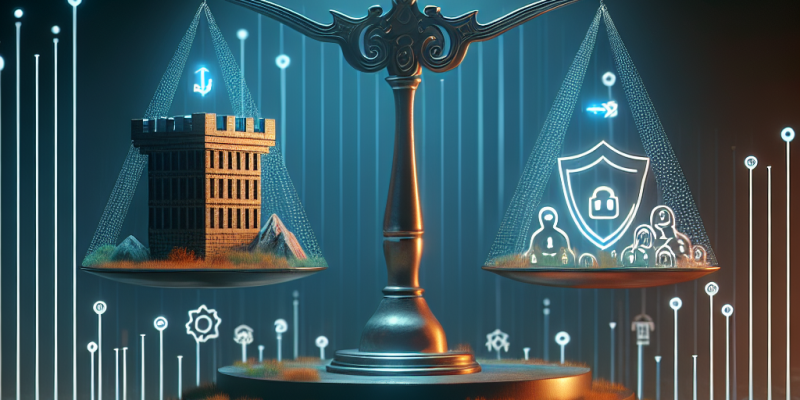MFA in 2025: Balancing Security and User Experience

In 2025, multifactor authentication (MFA) has become a crucial part of online security. As cyber threats continue to evolve, businesses and users are increasingly aware of the need for better protection. However, there is a fine line to walk between enhancing security and ensuring a smooth user experience.
The Importance of MFA
MFA is a security process that requires users to provide two or more verification factors to access their accounts. This could include something they know (like a password), something they have (like a smartphone), or something they are (like a fingerprint). The extra layers of security are vital as data breaches become more common.
Recent Developments
In 2025, MFA techniques have advanced significantly. Some of the latest methods include:
-
Biometric Authentication: This involves using unique identifiers such as fingerprints or facial recognition. Biometric methods are not only secure but also quick and convenient.
-
Passwordless Authentication: More businesses are moving toward passwordless solutions, such as one-time codes sent to users’ devices. This method reduces the risk of password theft.
-
Adaptive MFA: This technology assesses user behavior and environment. For example, it requires additional verification if a user logs in from a new location or device.
Balancing Security and User Experience
While MFA is essential for security, it can sometimes frustrate users. If the process is too complicated, users may abandon it altogether. Here are some strategies to balance both needs:
Simplifying the Process
-
User-Friendly Interfaces: Companies are investing in designing interfaces that are easy to navigate. Clear instructions and convenient options make the MFA process smoother.
-
Automatic Recognition: Systems that recognize frequent users can streamline the login process, requiring MFA only on suspicious logins.
Educating Users
Educating users about MFA is vital. If users understand the importance of MFA, they are more likely to cooperate with security measures. Companies should provide resources and tips on how to use MFA effectively.
Flexibility in Verification Methods
Offering multiple options for MFA allows users to choose the method that suits them best. Some may prefer biometric options, while others might find SMS codes more convenient. The key is to provide flexibility without compromising security.
Future Trends
Looking ahead, the future of MFA will likely include even more innovations, such as:
-
AI-Driven Systems: Artificial intelligence might play a significant role in enhancing MFA. AI can quickly analyze user behavior and adapt security measures accordingly.
-
Integration with IoT Devices: As the Internet of Things (IoT) grows, MFA will need to extend to these devices, ensuring that smart home gadgets and wearables are secured.
Conclusion
In 2025, MFA is more important than ever. As we continue to deal with sophisticated cyber threats, businesses must focus on enhancing security while ensuring a smooth user experience. By adopting new technologies and educating users, organizations can create an environment where security and convenience exist together. This balance will be key to fostering trust and security in the digital landscape.














